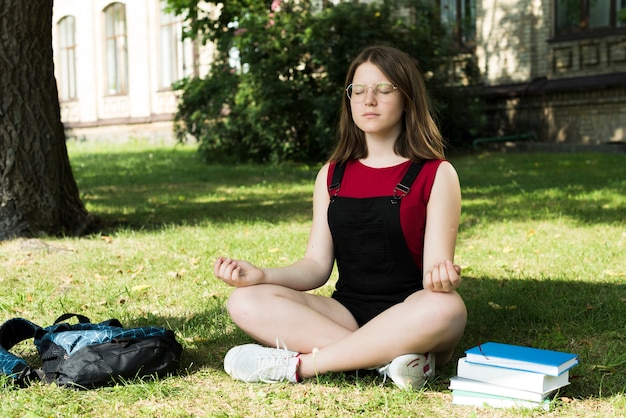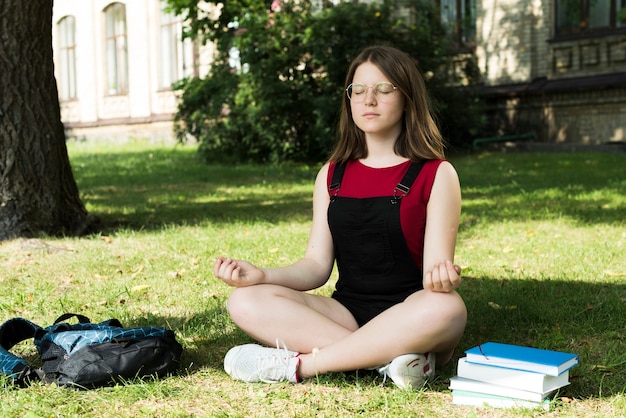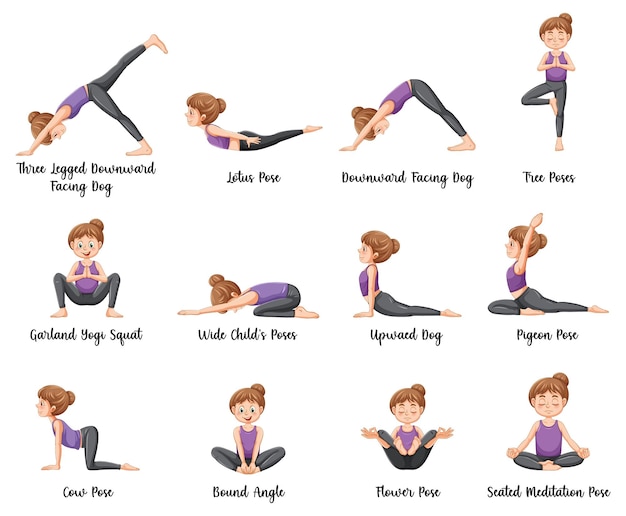In today’s fast-paced academic environment, students face constant pressure—from looming deadlines and exams to social challenges and future uncertainties. Amid this chaos, mindfulness has emerged as a powerful, science-backed tool to regain mental clarity, improve concentration, and enhance emotional resilience. But what exactly should you do, why does it work, and how can you adapt it to your unique lifestyle? This comprehensive mindfulness checklist answers all those questions and more.
Mindfulness is the practice of paying attention to the present moment without judgment. For students, this means becoming aware of thoughts, emotions, and physical sensations as they happen—rather than reacting impulsively or getting lost in stress.
Research shows that regular mindfulness practice can:

Follow this practical, step-by-step checklist to integrate mindfulness into your daily routine—no matter how busy your schedule.
Before diving into study sessions or after waking up, pause and focus on your breath. Inhale deeply through your nose, feel your chest rise, and exhale slowly. This simple act activates the parasympathetic nervous system, calming your mind and preparing it for focus.
Lie down or sit comfortably and mentally scan your body from head to toe. Notice areas of tension—perhaps in your shoulders or jaw—and consciously relax them. This builds body awareness and helps release physical stress accumulated from long hours of sitting.
Instead of rushing from class to study to social events, take 60 seconds to pause. Take three deep breaths, notice your surroundings, and mentally acknowledge the shift. This prevents mental fatigue and improves task-switching efficiency.
Turn off your phone, slow down, and pay attention to the taste, texture, and smell of your food. Mindful eating improves digestion, prevents overeating, and fosters a healthier relationship with food—especially important during stressful semesters.
Spend 5–10 minutes each evening writing about your emotional state, what distracted you, and moments when you felt present. Journaling reinforces self-reflection and helps track progress over time.
Use free apps or online resources for guided mindfulness sessions. These are especially helpful for beginners and can be tailored to focus, sleep, or stress relief. Consistency matters more than duration.
When stress spikes, use the STOP method:
This quick reset helps prevent emotional burnout and promotes thoughtful decision-making.
Mindfulness isn’t just a trendy buzzword—it’s grounded in neuroscience. Studies using fMRI scans show that regular practice increases gray matter density in brain regions linked to learning, memory, and emotional control. It also reduces activity in the amygdala, the brain’s fear center, leading to lower stress reactivity.
For students, this translates to improved focus during lectures, better retention of material, and reduced test anxiety.
One size doesn’t fit all. Here’s how to personalize your practice:
The key is consistency, not perfection. Even 5 minutes a day can make a measurable difference over time.
Mindfulness isn’t about eliminating stress—it’s about changing your relationship with it. By integrating these simple, evidence-based practices into your routine, you can cultivate greater clarity, resilience, and well-being throughout your academic journey. Start small, stay consistent, and watch how your focus, mood, and performance transform.
You’ve got this—one mindful breath at a time.

Wellness

Wellness

Wellness

Wellness

Wellness

Wellness

Wellness

Wellness

Health

Fitness

Health

Health